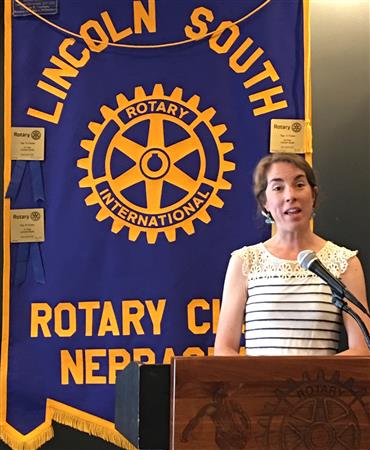In 2012 Henry Adams of The Smithsonia blog Articulations described Transcending Regionalism this way: “One of the most provocative exhibitions in the United States right now was organized by an institution that’s a bit off the beaten track: The Bone Creek Museum of Agrarian Art in David City, Nebraska…It’s impressive that such a small community has produced an ambitious exhibition and book of this scale, roughly on a par with those produced by America’s largest museums.”
This exhibition brought 2,800 visitors from throughout the nation to David City and involved 600 students. The exhibition toured to: the Georgia Art Museum, Montgomery Museum of Fine Arts, and Utah Museum of Fine Arts.
In 2014 AAA Living magazine listed the four top art museums in Nebraska. They included the Joslyn, Sheldon, Museum of Nebraska Art, and Bone Creek.
The museum has offered 42 exhibitions since 2007. Examples of artists from beyond the Midwest include Jean Terry who focused on farming in upstate New York. Canadian artist Denise Lemaster’s exhibition, “Canadian Foothills” was the museum’s first exhibition from beyond U.S. borders.
The museum has drawn visitors from 50 states and 7 countries in its first seven years. The museum is supported by 292 members representing 30 states. Thirty volunteers serve as board members; educators; docents; receptionists; maintenance staff; and event set-up crews.
